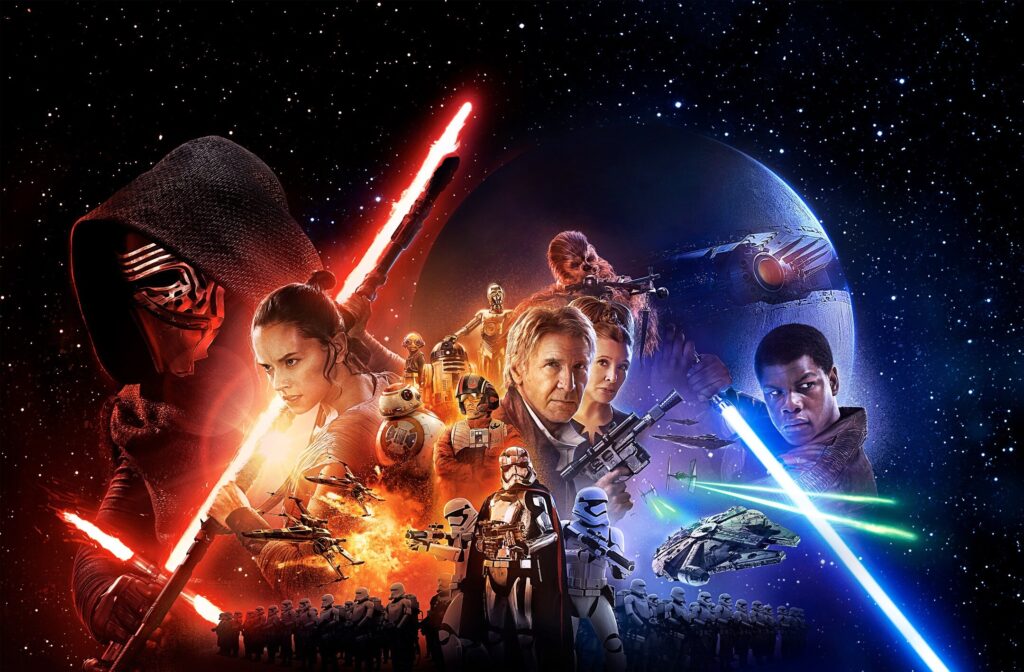
The release of Kalki 2898 AD has set a new benchmark in Indian cinema as the most expensive film ever produced in the country. With a staggering budget of Rs 600 crore, the film has surpassed previous high-budget Indian productions like RRR and Adipurush. This significant investment underscores the ambition of Indian filmmakers to create cinema on a grand scale. However, despite its record-setting budget in India, Kalki 2898 AD remains relatively modest when compared to Hollywood’s colossal productions.
Hollywood has long been known for its mammoth budgets, particularly in blockbuster franchises. The 2017 Star Wars film, The Force Awakens, holds the title for the most expensive film ever made, with a budget of $447 million (Rs 3000 crore at the time). This film, marking the return of the Star Wars saga to theatres after a 15-year hiatus, outstripped previous record holders like Pirates of the Caribbean: On Stranger Tides and Avengers: Age of Ultron, which had budgets of $379 million and $365 million, respectively. Not only was The Force Awakens an expensive venture, but it also achieved massive box office success, grossing over $2 billion (Rs 13000 crore) worldwide and earning five Oscar nominations.

When compared side by side, the financial scales of Indian and Hollywood films present a stark contrast. The combined budgets of Kalki 2898 AD, RRR (Rs 550 crore), Adipurush (Rs 500 crore), Jawan (Rs 300 crore), Pathaan (Rs 250 crore), and Animal (Rs 100 crore) total Rs 2300 crore. Even this impressive sum falls short by Rs 700 crore of The Force Awakens’s production cost alone. Moreover, the earnings of the highest-grossing Indian films also highlight this disparity. Dangal, which holds the title of the highest-grossing Indian film, brought in Rs 2000 crore at the global box office. The combined earnings of the two Baahubali films reached Rs 2400 crore, still below the Rs 3000-crore mark set by The Force Awakens.

The Force Awakens, directed by JJ Abrams, was not just a financial juggernaut but also a cultural milestone. As the seventh installment in the Skywalker Saga and the first of the sequel trilogy, it starred new talents like Adam Driver, Daisy Ridley, John Boyega, and Oscar Isaac. The film also featured the iconic return of Star Wars legends Harrison Ford, Mark Hamill, and Carrie Fisher. Despite its unprecedented budget and success, the subsequent sequels faced criticism from fans and did not achieve the same level of acclaim.
The release of Kalki 2898 AD demonstrates the growing ambition and capability of Indian cinema. It marks a significant step in the evolution of the industry, highlighting a drive to create films that can stand on a global stage. However, the vast difference in budgets between Indian productions and Hollywood blockbusters underscores the ongoing disparity in the global film industry. As Indian cinema continues to evolve, it will be fascinating to observe how future productions bridge this gap and potentially rival the grandeur and scale of Hollywood’s biggest hits.
